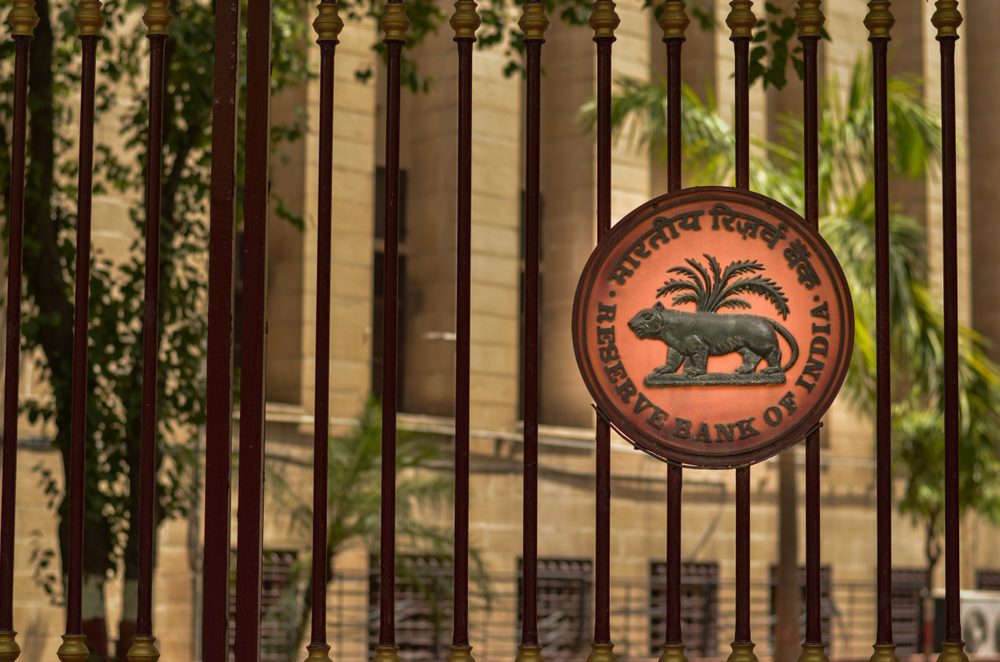Climate Change Threatens Financial Stability and Inflation: RBI Report
Climate change can hinder growth, destabilize prices, and threaten financial stability. While central banks globally have long discussed mitigating climate change’s financial impacts, inflation has recently become a significant concern.
RBI Identifies Climate Change as Inflation Risk
The Reserve Bank of India (RBI) has identified climate change as a threat to price stability and financial resilience. In its April 2024 report, the RBI highlighted climate change as a supply-side shock contributing to persistent inflationary pressures, especially from extreme weather and erratic rainfall, potentially increasing headline inflation by about 100 basis points. Without mitigation policies, long-term economic output could decrease by 9% by 2050.
Heatwaves also pose supply shocks to the manufacturing sector. The recent HSBC Purchasing Managers’ Index (PMI) survey showed that manufacturing activity fell to a three-month low of 57.5 in May 2024 from 58.8 in April 2024, as heatwaves and rising production costs led to reduced new orders and output.
Escalating Climate Risks Strain the Inflation-Growth Trade-off
Typically, monetary policy aims to balance inflation and economic growth. However, climate change introduces uncertainty to policymaking. Worsening climate can lead to crop losses and supply chain disruptions. Energy shocks can trigger severe inflationary supply-side pressures. Ignoring them could lead to contractionary policies that undermine growth when substantial climate investments are necessary.
Central banks cannot disregard the rise in commodity and food prices, which can pass through to core inflation, especially in emerging economies where food has a higher consumption weight in the inflation basket. High food prices in India have forced the RBI to maintain high repo rates.
As climate change increases weather shocks affecting food and commodity supplies, lessons from the 2000s commodity boom remain relevant. Central banks may need to preemptively anchor inflation expectations from climate-induced food price shocks while avoiding excessive tightening that could harm growth if the impact is transient.
Reevaluating Central Bank Approaches
Confronting multidimensional threats to price stability from climate change demands a reevaluation of how central banks like the RBI approach modeling, monitoring, policy implementation, and stakeholder coordination.
Enhancing Inflation Forecasting Models with Climate Variables
Traditional inflation forecasting models focus on core economic variables like output gaps, exchange rates, and energy prices. Integrating climate variables such as temperature, precipitation patterns, soil moisture, and extreme weather events is crucial. This approach can help the RBI better anticipate supply-side inflationary pressures from agricultural losses, energy demand fluctuations, and disrupted production networks.
Central banks, such as the Bank of England with its Dynamic Stochastic General Equilibrium (DSGE) COMPASS model and the Federal Reserve Board’s FRB/US model, use structural or semi-structural macroeconomic models for forecasting and scenario analyses. By incorporating climate-related data, the RBI can enhance forecasting accuracy for food and energy prices.
Strengthening Monitoring of Climate-Sensitive Sectors
The RBI must strengthen its regulatory monitoring and surveillance mechanisms to maintain a constant pulse on inflation risks across climate-vulnerable sectors, prioritizing agriculture, energy systems, and transportation networks due to their high exposure to climate shocks.
Allocating resources to track indicators like crop conditions, water availability, energy demand fluctuations, and supply chain resilience can inform timely policy interventions and facilitate contingency planning by detecting emerging climate-induced bottlenecks and price pressures early.
Credible Communication and Measured Policy Responses
The RBI should stick to a headline inflation target that better captures the household consumption basket rather than core inflation. However, to preserve credibility, it should not overreact to transient shocks but communicate a measured policy response to anchor inflation expectations.
Coordinating with Fiscal Counterparts on Climate Policies
The mitigation and adaptation of climate change can reduce its impact on economic output and inflation. The RBI can support the union government by suggesting monetary and regulatory measures that support climate adaptation and mitigation strategies. The RBI should advocate for more public investment in climate-resilient infrastructure to mitigate supply-side inflationary pressures and support effective climate adaptation sectors such as agriculture.
Adjusting Policy Horizons for Longer Climate Runways
The most severe economic effects of climate change will likely unfold beyond the current monetary policy horizon. The RBI’s inflation projections are currently for one year. Extending these projections to potentially 10 years could better account for climate change effects on inflation. The Bank of England and the European Central Bank have already started assessing the impact of integrating multi-decade climate pathways into their decision-making processes.
Original Story at ieefa.org
